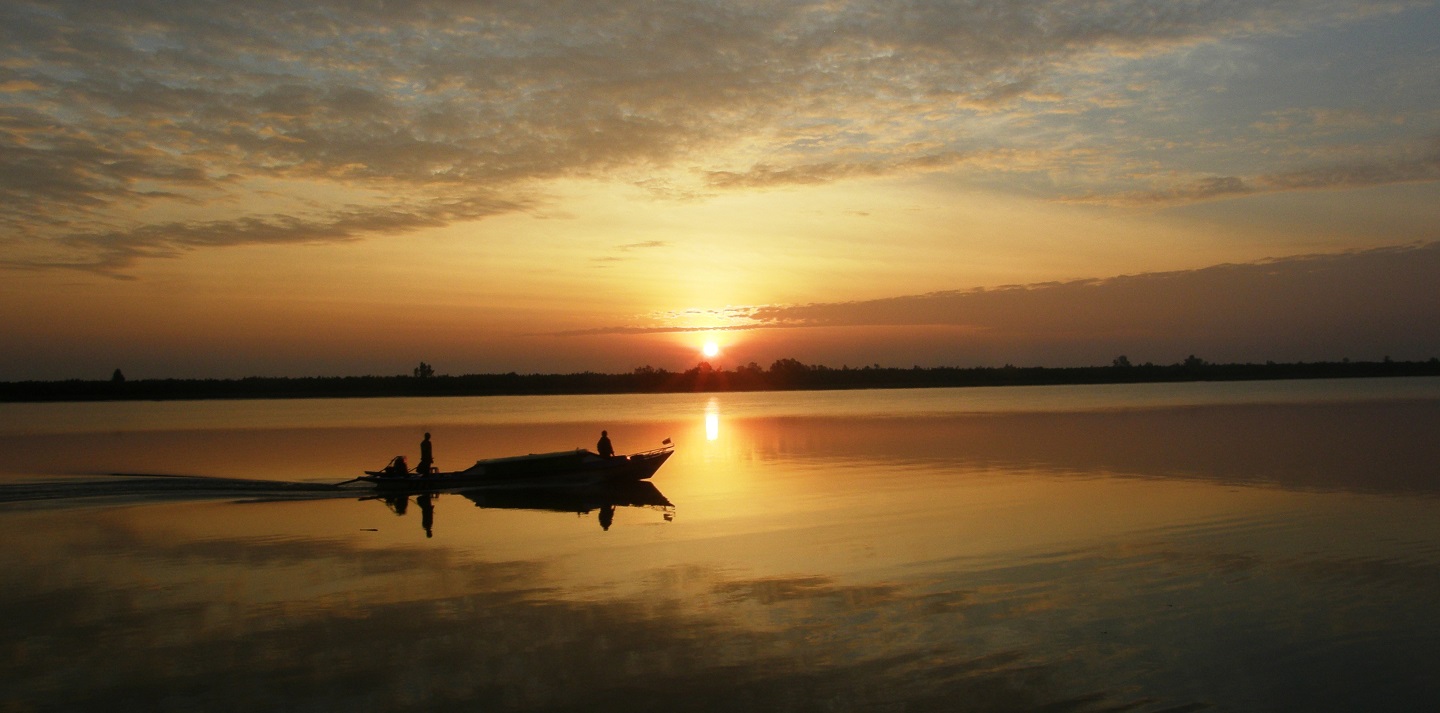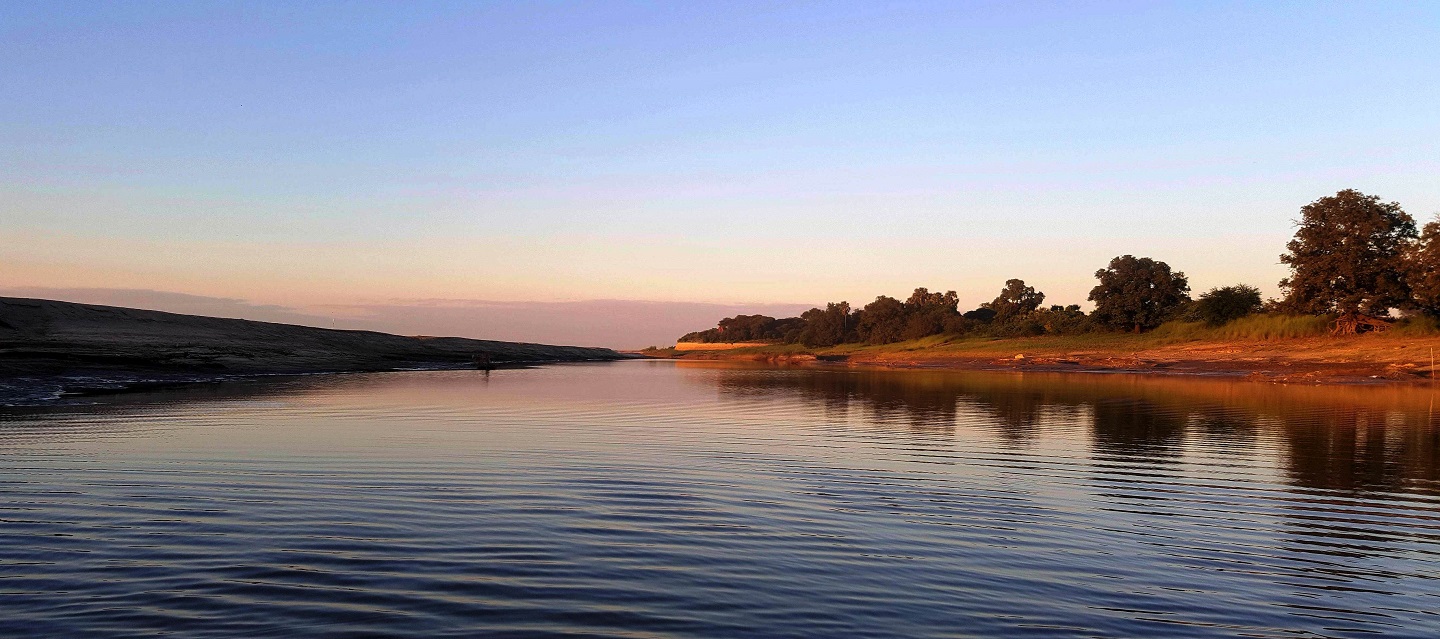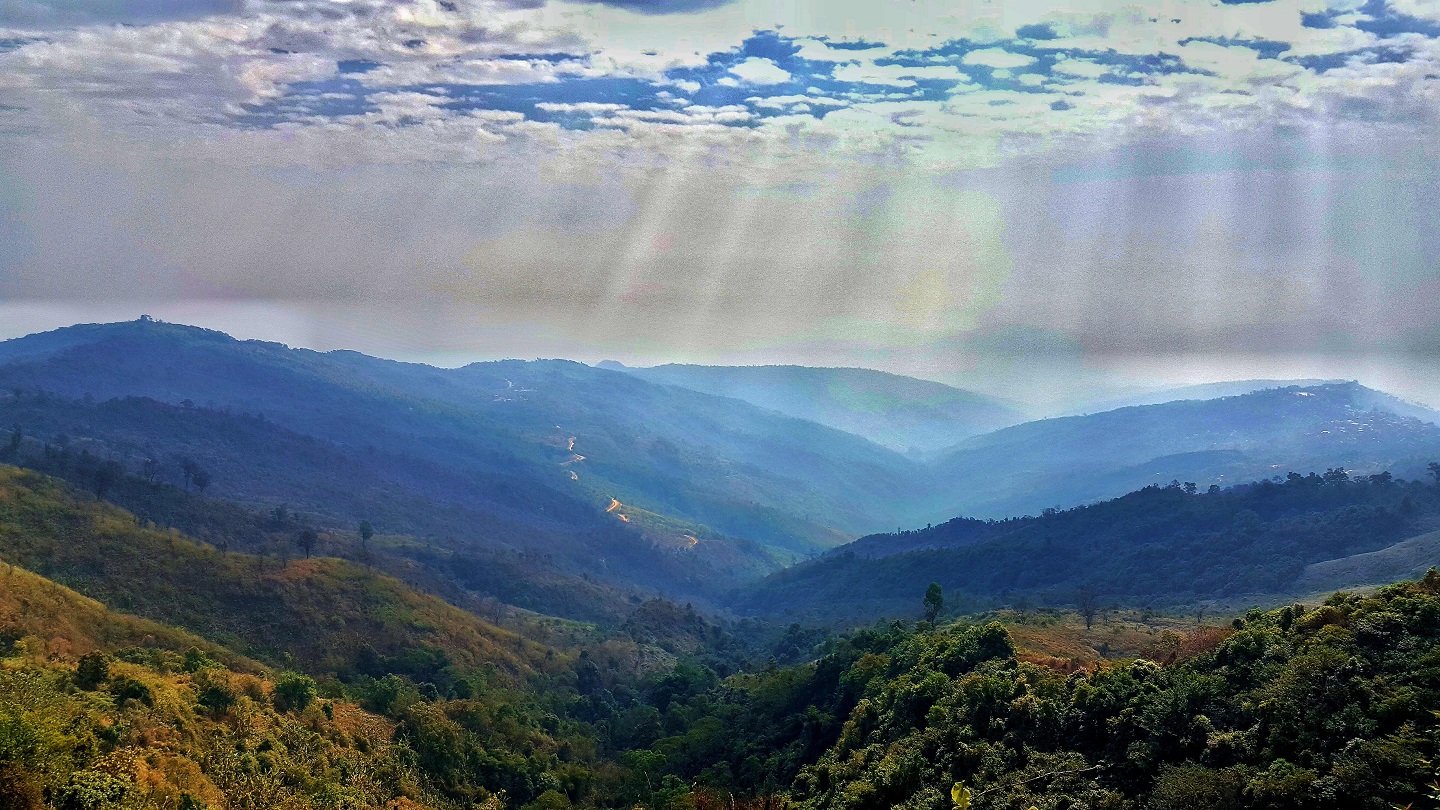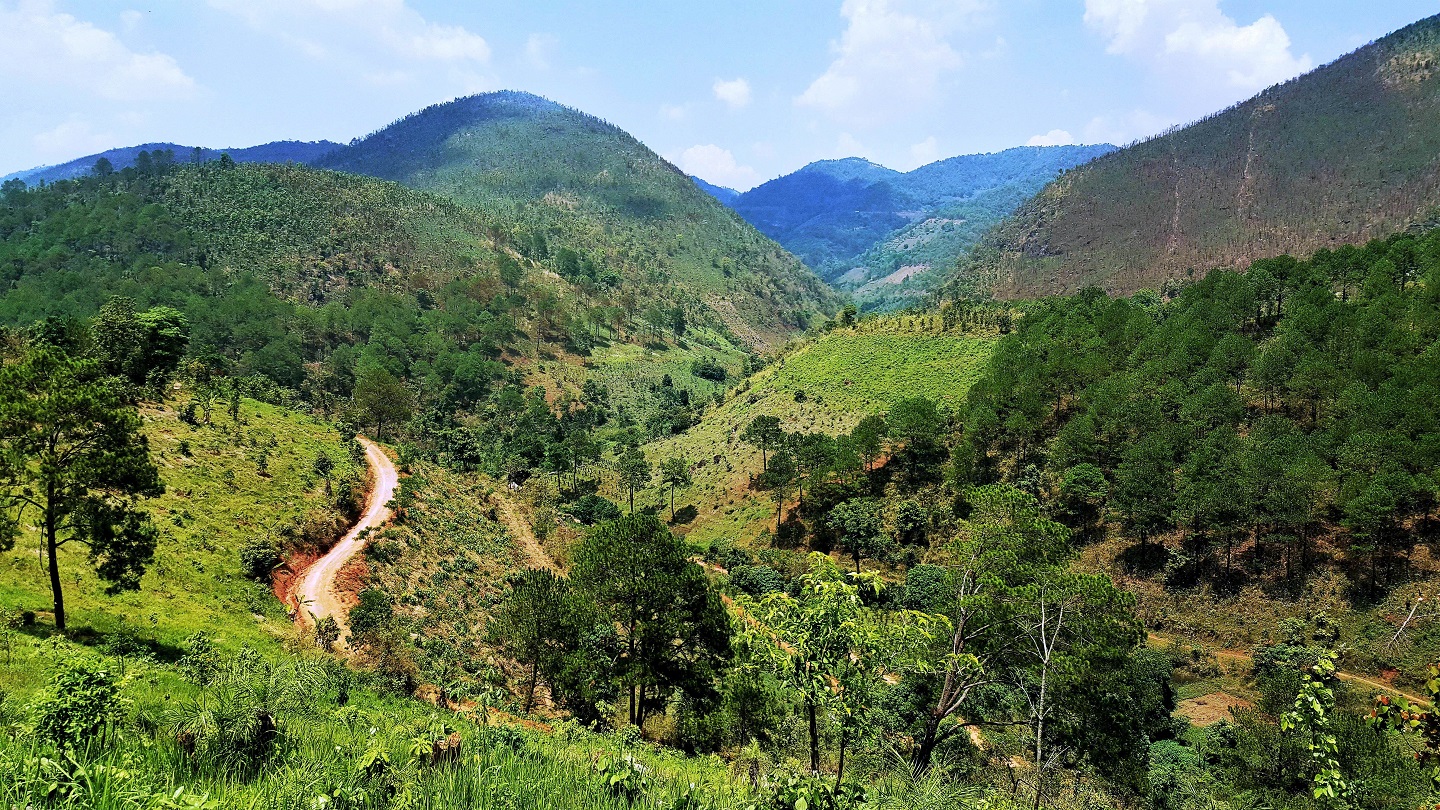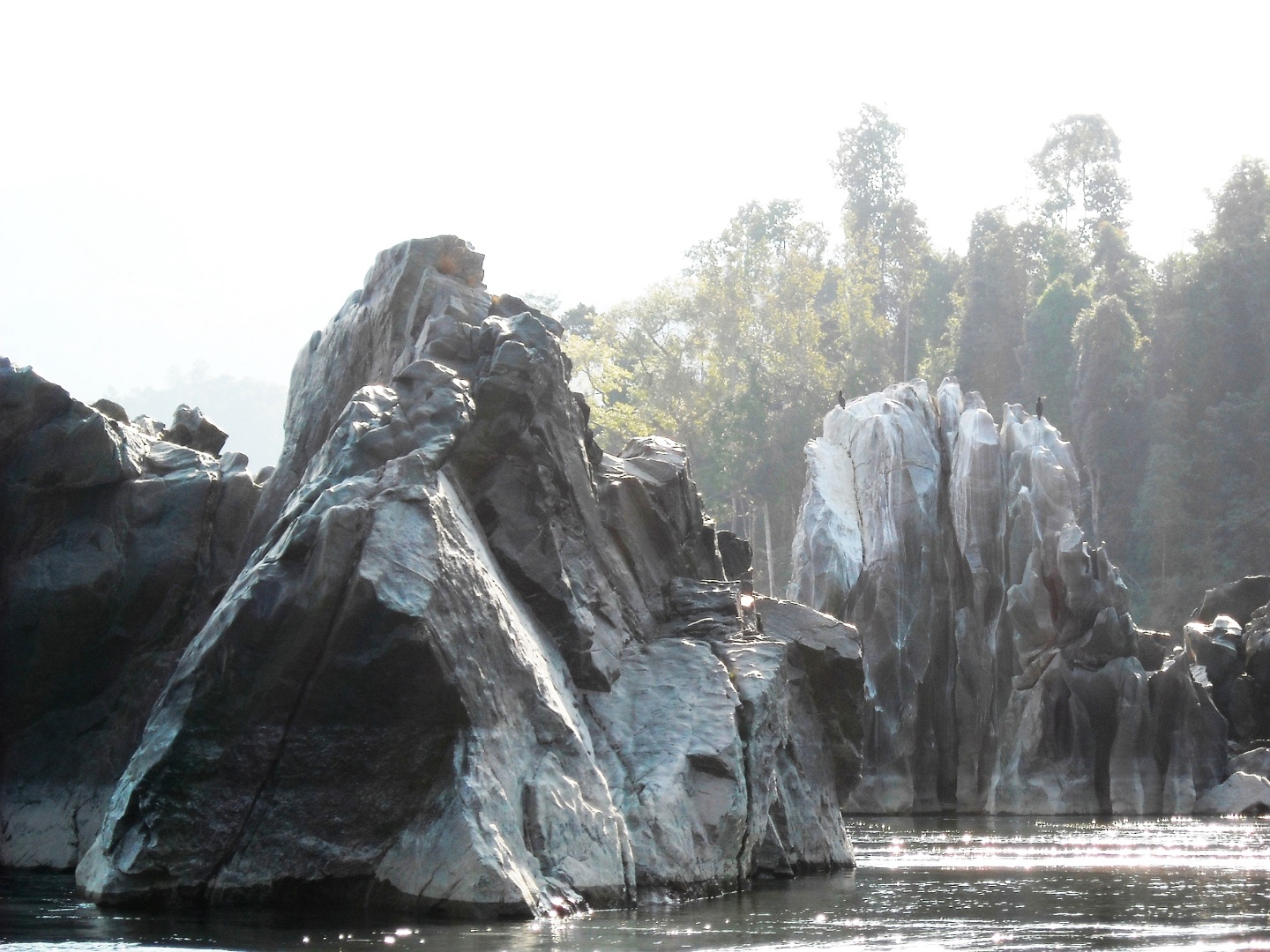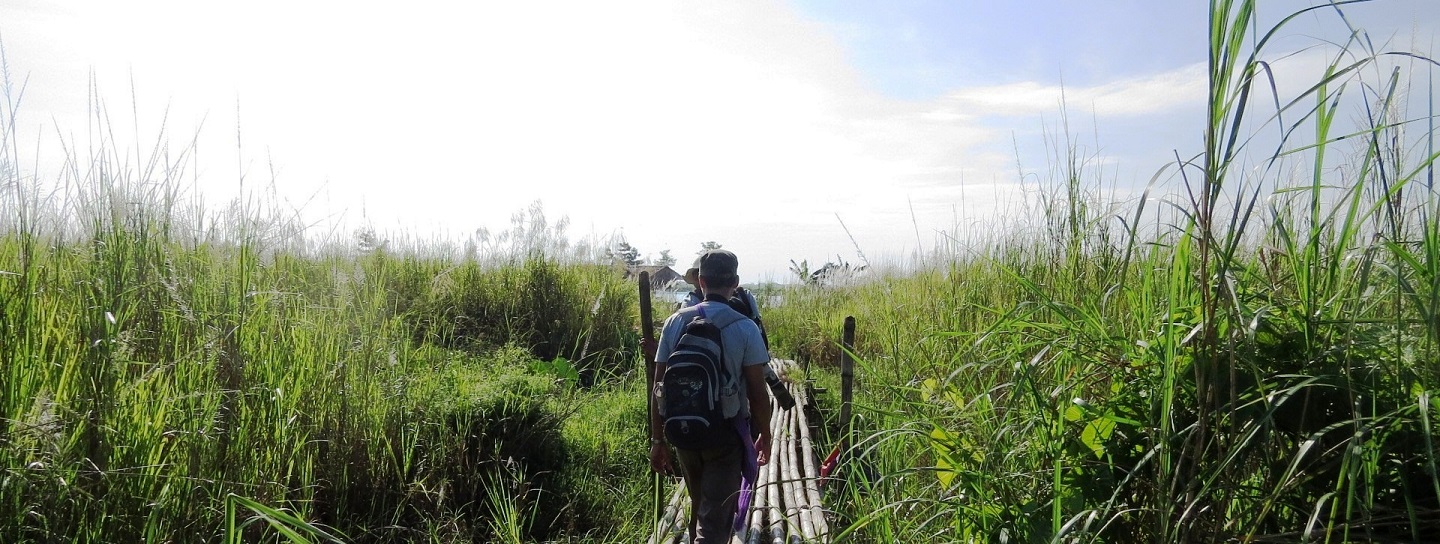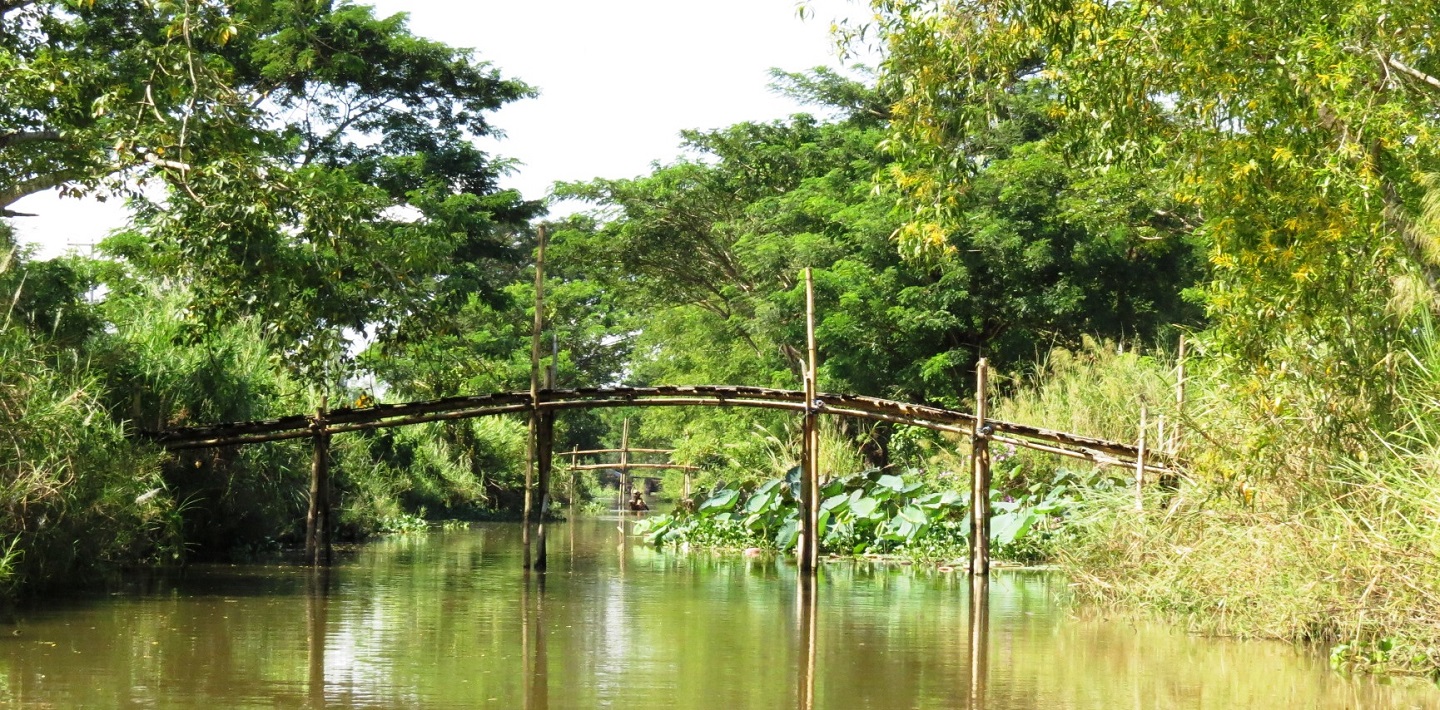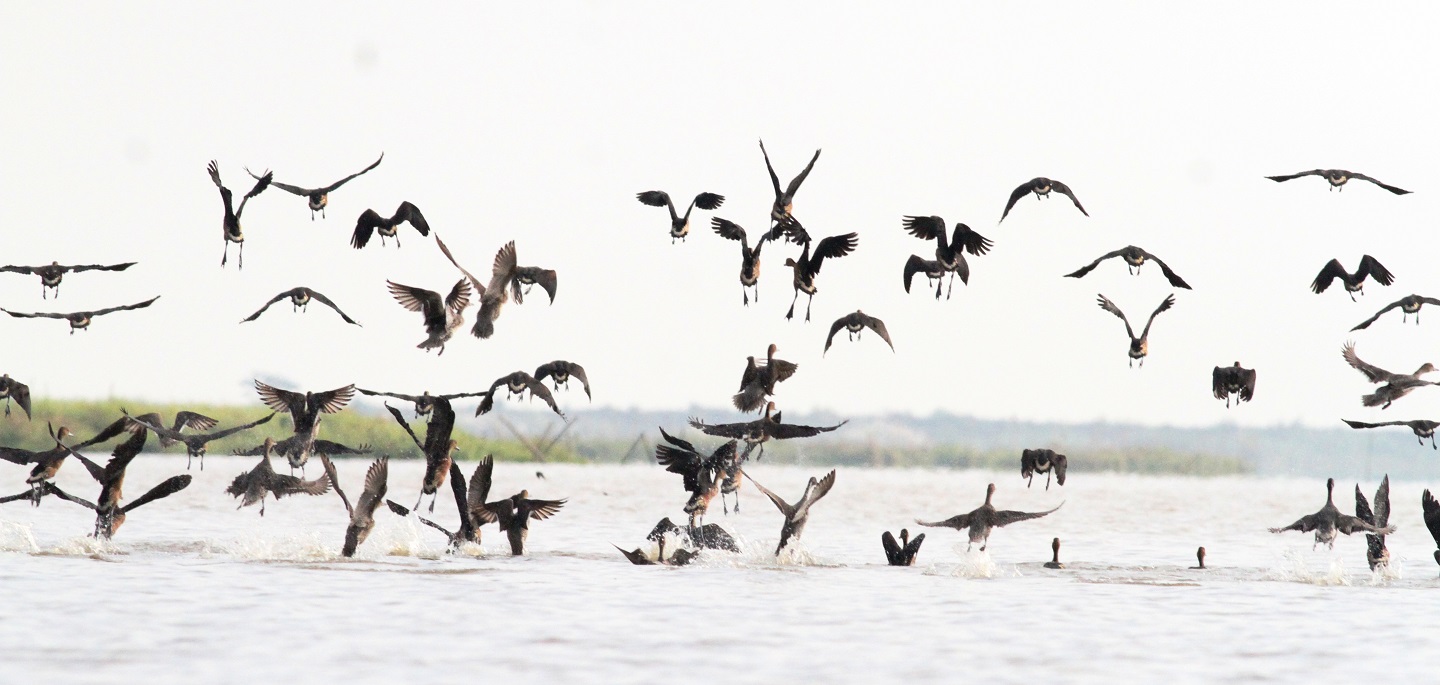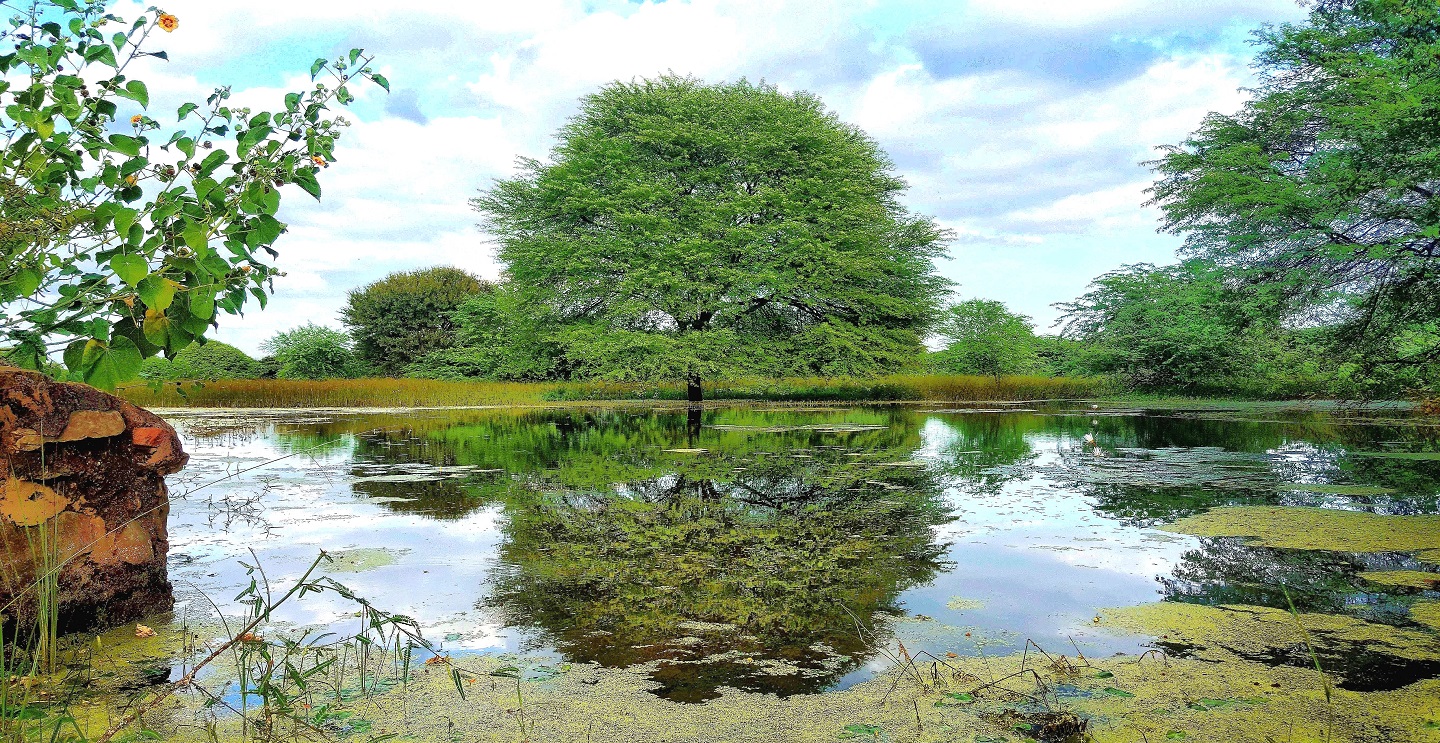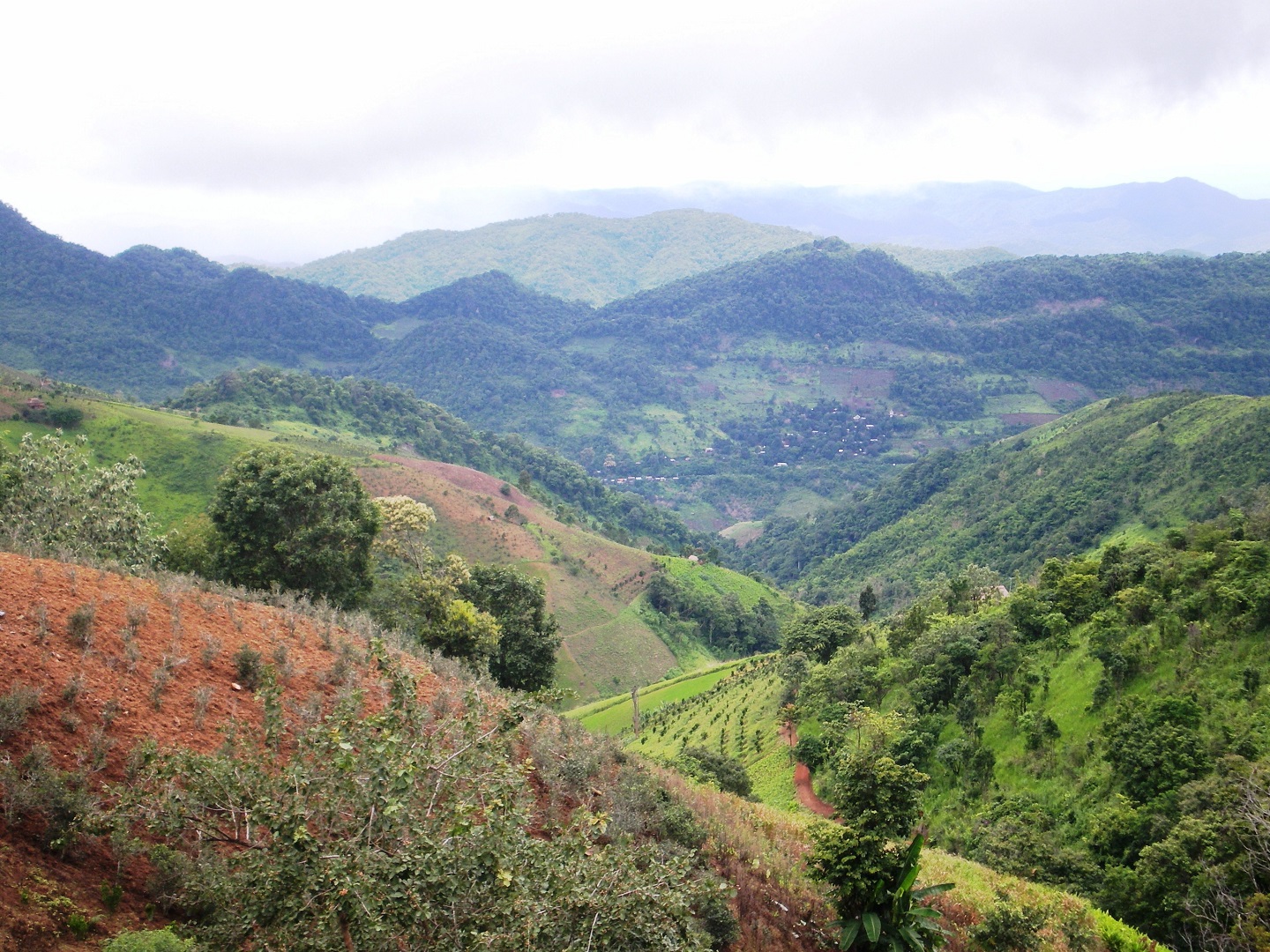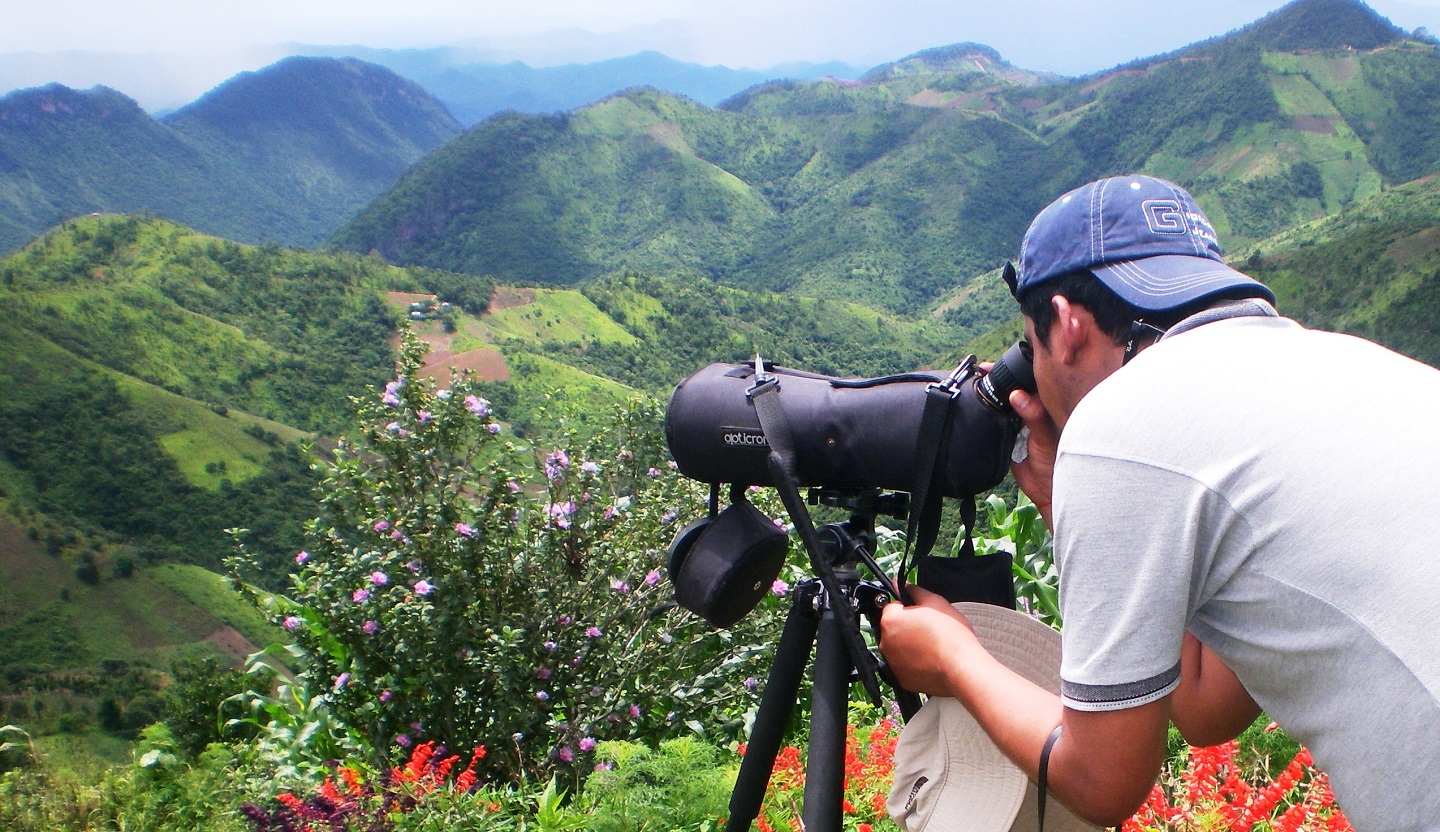Plants
Myanmar's variations in latitude, altitude and climate create a variety of habitats and support correspondingly rich plant biodiversity. To date, more than 1B,000 plant species have been recorded in Myanmar. These include more than Boo orchid species, Bo bamboo species, numerous rattan species, and more than Boo medicinal plant species.
There are 61 globally threatened plant species known to occur in Myanmar. Of these, 16 areassessed on the IUCN Red List of Threatened Species (hereafter referred to as the "Red List")as Critically Endangered {CR), 24 as Endangered {EN) and 21 as Vulnerable (VU)
Mammals
Nearly 300 mammal species have been recorded in Myanmar, but a number of these have notbeen sighted in recent years, including the Sumatran rhinoceros (Dicerorhinus sumatrensis ),Javan rhinoceros (Rhinoceros sondaicus) and Indian water buffalo (Bubalus amee). Myanmaris home to the Western Hoolock gibbon {Hoolock hoolock), Eastern Hoolock gibbon (Hoolockleuconedys) and Myanmar snub-nosed monkey {Rhinopithecus strykeri), discovered in themountains near the Chinese border in north-east Kachin State in 2010.
There are 47 globally threatened mammal species in Myanmar, five Critically Endangered, 17Endangered and 25 Vulnerable.
Myanmar is also home to at least five endemic mammal species, including: Anthony's pipistrelle(Hypsugo anthonyi), Joffre's pipistrelle (Hypsugo joffrei), Myanmar pipistrelle (Hypsugolophurus) and the Popa soft-furred rat (Millardia kathleenae). Dry mixed deciduous forests inMyanmar are home to the largest remaining population of the endangered Eld's deer (Rucervuseldii).
Marine fauna
Myanmar has a long coastline and large marine territory. Its marine resources play an important role in the country's development. A growing understanding of coral reef resilience and species composition is helping to identify key areas for conservation. The initial result of a marine ecosystem survey by the Research Vessel RV Fridtj of Nansen conducted November-December2013 indicated that the maximum sustained yield (MSY) in Myanmar's marine territory has been significantly reduced compare d to the MSY calculated in the early 1980s. The recorded marine diversity of Myanmar is presented in Table 7• With the exception of marine fish species, the majority of the data is collected from the Myeik Archipelago.
